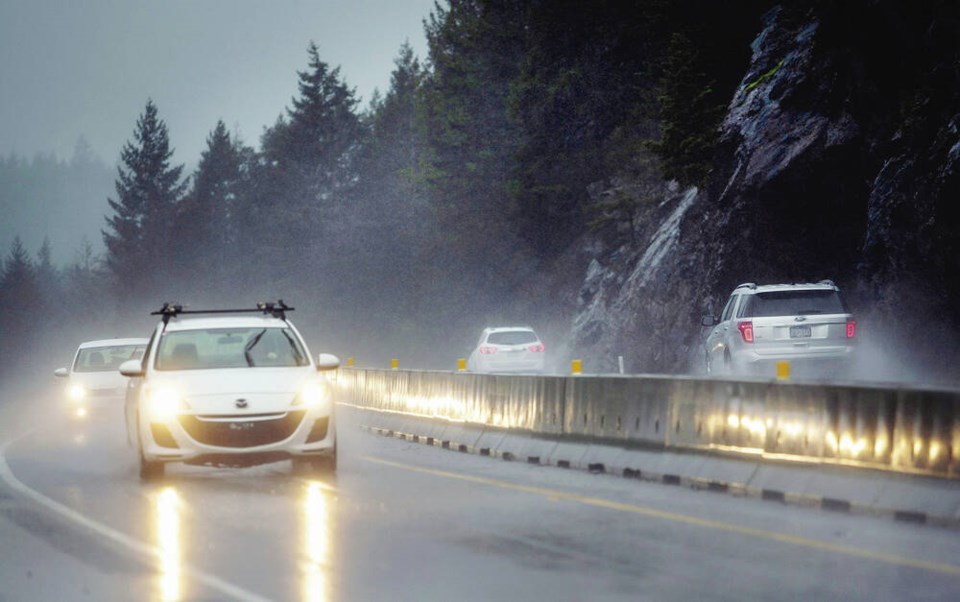They’re bright, brilliant, often blazing. Close up, they seem to turn that dark road in front of you into near daylight. But for many driver’s heading into that celestial aura from the opposite direction they’re one of our greatest driving annoyances.
I’m talking about the latest generations of vehicle headlights known as “high intensity discharge” lights or “HIDs” and their newest offspring the “light emitting diode”, “LEDs”.
A reader, who’s been bedazzled one too many times out there, asked me to have a look into the problem. It was a surprisingly tough assignment.
Headlight issues today are a techno universe filled with endless details about lumen intensities, colour temperatures, dual voltage testing regimes, and photometric requirements — too many auto-tech rabbit holes to cover off here.
Here are some of the basic issues.
Lighting tech has expanded by leaps and bounds especially in the past ten years. Many pundits now point out that this revolution has exceeded the capacity of regulators to keep up.
Regulators focused on the safety of lighting the roadway in front of your car and paid much less attention to what’s happening to others out there who have to drive towards these supernovas.
High intensity lights now put out around 3,000 to 4,000 lumens compared to the 1,000 to 1,500 lumens from those old round sealed beam lamps of my parents era.
Auto manufacturers dove head first into the lighting tech wave. They covet both the enhanced safety ratings these lights bring while also being able to lower their production costs. Coincidentally, this tech enabled headlights to shrink to a fraction of the size they used to be, allowing manufacturers to stylize, and more importantly market, a car’s front end almost as an art form.
The problem is that these smaller high intensity lights create a more concentrated light source, often making them appear dazzle bright to the person driving towards them.
HIDs and LEDs also tend to have a higher colour temperature, more blue and less yellow, because manufacturers wanted lights creating more night time contrast while matching natural daylight conditions for the driver. The side effect is that distractingly bluish dazzle. Manufacturers tried to pass the dazzle factor off as a perception problem on the part of oncoming drivers, but an increasing number of studies have shown there are legitimate concerns.
One survey by the British Royal Automobile Club suggested that 15 per cent of drivers admitted to a “near miss” after being dazzled, complaining that it takes up to five seconds to recover their night vision. At 100km/h that means you’ve travelled the length of a football field while blind.
There are two more significant problems. The number of larger, taller trucks and SUVs on the road continues to grow. Manufacturers tend to mount headlights on these vehicles in higher positions causing their beams to shoot right at the oncoming driver’s eye level.
Next, people are often replacing their old headlight bulbs with new but incompatible aftermarket HIDs and LEDs. Modern auto light tech requires that the headlight reflector, lens and light bulb work in harmony to achieve optimal placement on the road out front.
Retrofits thwart the sympatico, throwing dazzling light everywhere, including into the eyes of oncoming drivers.
This issue isn’t going away, judging by the number of Facebook and other internet forums out there railing about the
problem.
Vehicle headlights are controlled by B.C.’s Motor Vehicle Act regulations and federally by the Motor Vehicle Safety Act, neither of which address anything around dazzle factors.
Headlight alignment, the overall intensity of a headlight beam and illegal aftermarket installs can be enforced, but given the constraints on policing generally today, improper headlights are never going to be an enforcement priority.
Where the law needs to catch up is around manufacturing specs. Way back in 2001, the
U.S. National Highway Traffic Safety Administration asked for public input on the dazzle problem. It received over 4,000 responses, more than for any other traffic safety issue. At the time they said it was a problem that cannot be ignored. But apparently it was. The
complaints persist.
The best advice is to try and avert your eyes from that oncoming dazzle maker while keeping your eyes on the road directly in front of you. There are also anti glare glasses available which some feel are an effective solution.
European legislators are leading the way by both recognizing the problem in the first place and mandating manufacturersto come up with solutions.
For now, a letter to your MP or MLA is about the best we can do to try and fix our own roadway “lightmares.”



